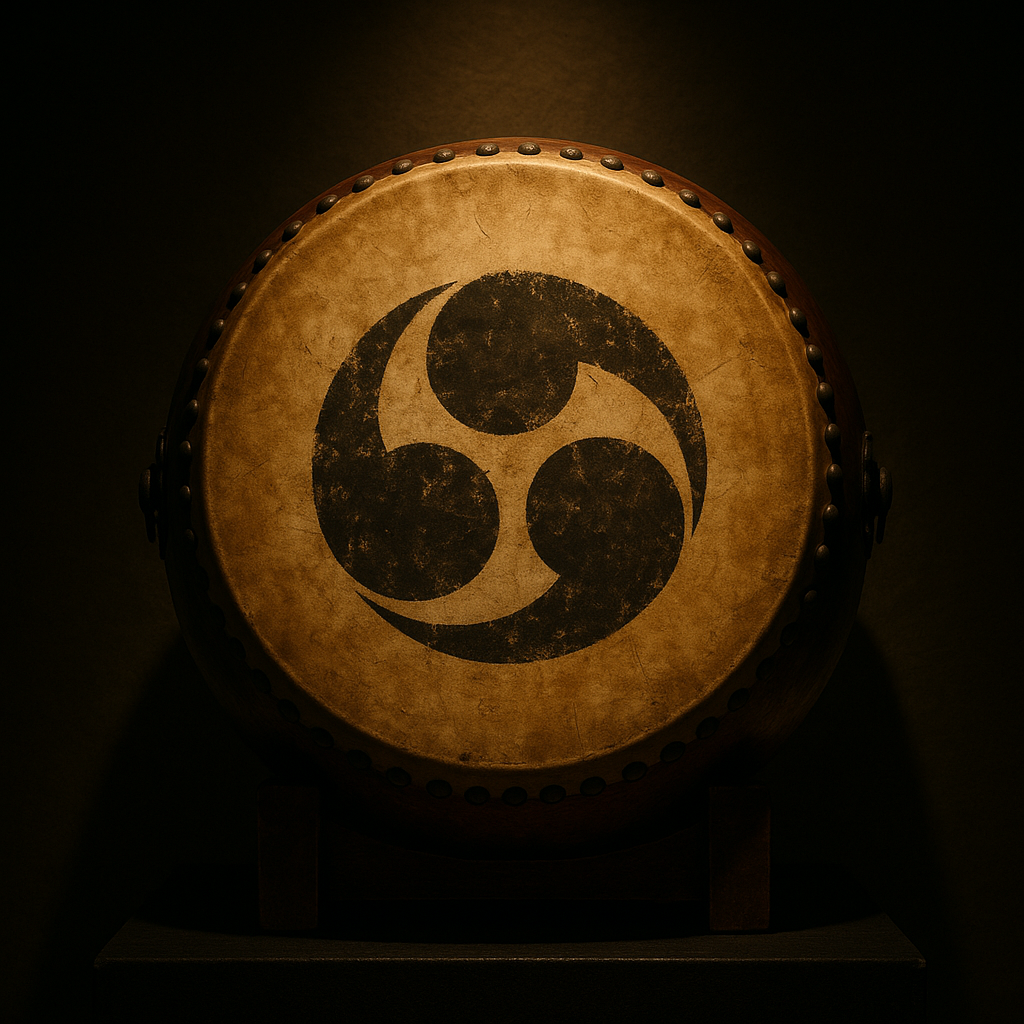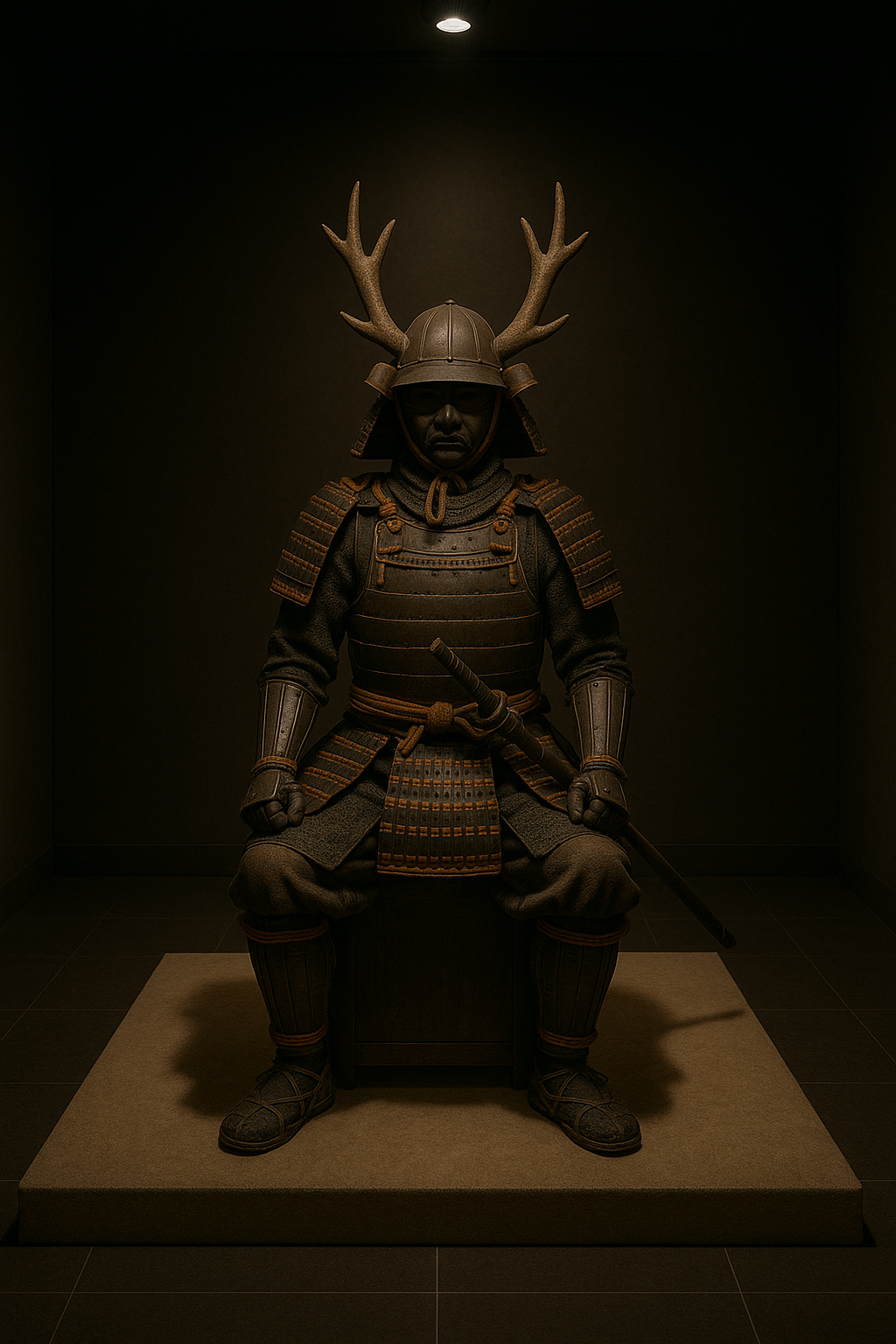
Azuchi-Momoya Period
From Warring States to Castles in the Sky: The Azuchi–Momoyama Period

From Warring States to Castles in the Sky: The Azuchi–Momoyama Period

Previously in our series… We left the Muromachi era with Kyoto in ashes, warlords squabbling like cats over a fish, and a country that had forgotten what a central government looked like. The Ōnin War had shattered the Ashikaga shogunate and turned the capital into a charred memory. Bands of warrior‑monks, league‑towns and independent daimyō carved up the land while the emperor wrote poetry in exile. The period that followed was called Sengoku – the "Warring States" – and it was as chaotic and violent as it sounds. But just when it seemed Japan would remain a mosaic of petty states forever, two men appeared who would unify the country, build splendid castles, and leave a legacy that still towers over Japanese culture. Welcome to the Azuchi–Momoyama period.
By the mid‑1500s, central control existed only on paper. Power resided in the hands of daimyōs whose castles dotted the landscape, each fielding private armies and scheming for advantage. In previous posts we have seen how Zen aesthetics, tea ceremonies and temple gardens flourished despite the carnage of the Muromachi years. Now the battlefield moved from poetry circles to fortified slopes. Farmers reinforced their houses with palisades; merchants took up arms alongside samurai; and warrior monks (sōhei) waged holy war from mountain monasteries. Missionaries from Portugal and Spain brought muskets and Christianity, adding European gunpowder and theology to the mix. Something had to give.
At the centre of the maelstrom strode Oda Nobunaga, a ruthless warlord with a love of innovation and a penchant for unconventional tactics. Nobunaga came from Owari province (modern Aichi), a backwater by Kyoto standards. Yet his ambition was boundless. In 1568 he marched on Kyoto, installed a puppet shogun, and made himself the power behind the throne. It was a breathtaking move – one that signalled to rival daimyōs that a new player had arrived. Nobunaga’s rise is legendary and peppered with colourful anecdotes. He reputedly tossed a bowl of rice at a visiting warlord for failing to address him properly, earning the nickname "Owari’s Fool", but this fool was not to be trifled with.
Despite the violence, the Azuchi–Momoyama period produced vibrant art and culture. Castle architecture reached its zenith: multi‑story towers (tenshu) with sweeping eaves were decorated with gold leaf and imposing stone bases. Noh theatre continued to evolve, while a new comic drama called Kyōgen provided comedic interludes. Painting flourished under artists like Kano Eitoku, who created gilded folding screens depicting tigers, cypresses and landscapes. The tea ceremony matured into a formalised ritual emphasising harmony, respect, purity and tranquility. Sculpture and metalwork thrived, blending Zen restraint with Momoyama opulence. It is no accident that many of Japan’s most treasured national treasures date from this era. Even as armies marched and temples burned, creativity blossomed.
The death of Hideyoshi created a power vacuum. His council of regents could not agree on a successor; factions formed around Tokugawa Ieyasu and Ishida Mitsunari. In 1600 their armies met at Sekigahara, a fog‑shrouded valley in western Honshu. Through treachery, timely defections and sheer luck, Tokugawa Ieyasu prevailed. Mitsunari was executed, and the Toyotomi clan’s influence waned. Three years later Ieyasu was named shōgun, inaugurating the Tokugawa (Edo) shogunate that would rule for two and a half centuries. The Azuchi–Momoyama period thus sits as a bridge between medieval fragmentation and early modern stability.
This era is short – roughly 1568 to 1600 – but its impact is outsized. It is the story of two men with extraordinary drive who dragged Japan out of the Sengoku quagmire. Nobunaga was the iconoclast who embraced firearms, crushed old power bases, and opened markets. Hideyoshi was the consummate politician who used charisma, marriage alliances and diplomacy to finish the job while crafting a social order that lasted centuries. Their policies – sword hunts, class stratification, land surveys – laid the groundwork for Tokugawa authority. Yet there is more: the period’s castles still draw tourists; its art graces museums; its tea ceremony underpins Japanese hospitality. The tragedy of temple massacres, persecution of Christians and Korean invasions reminds us that unification came with a heavy price. For our purposes, the Azuchi–Momoyama period is an essential chapter in Japan’s journey. It ties the Muromachi era’s cultural innovations to the Edo period’s stability. Without the audacity of Nobunaga and the determination of Hideyoshi, there would be no tranquil golden age under the Tokugawa. Next time, we’ll step into that age of peace, isolation and ukiyo‑e prints to see how the shōgunate consolidated the world they inherited.